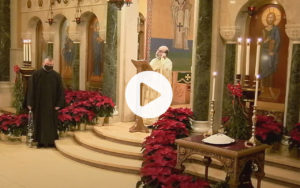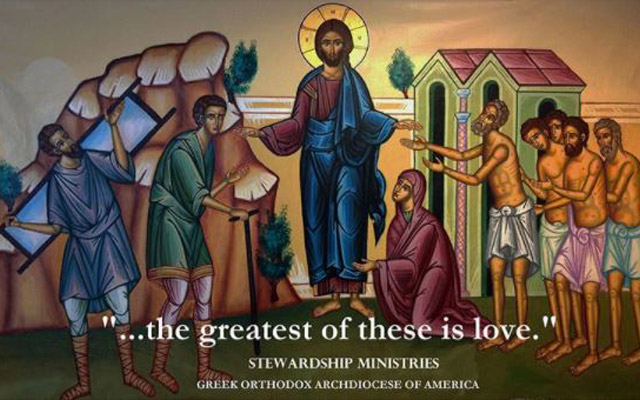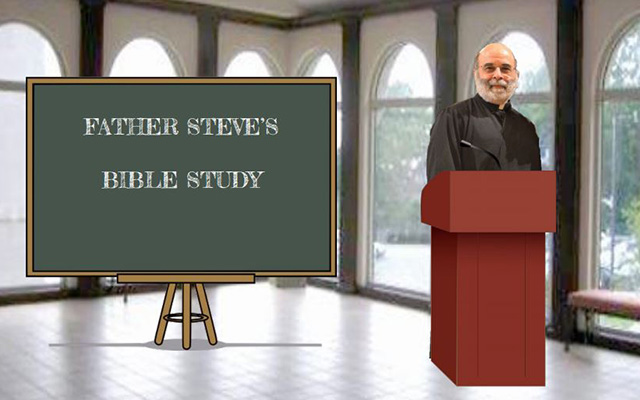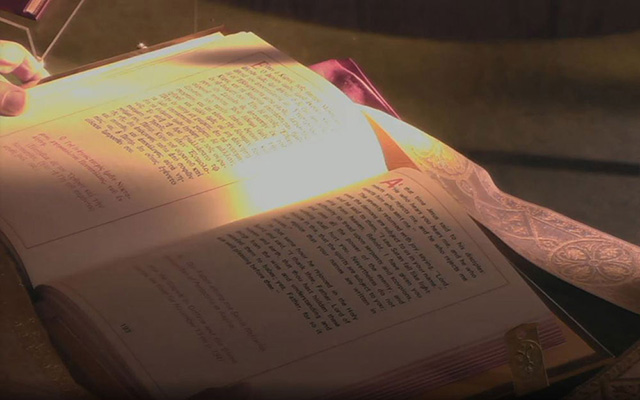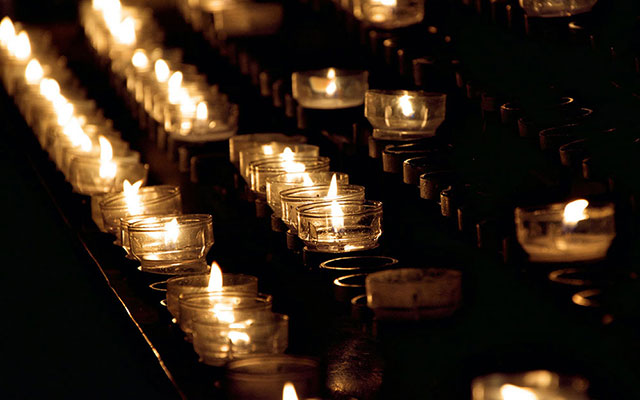The Transparent World
Sermon preached by Fr. Antony Hughes on Sunday, October 15, 2017 The Reading from the Holy Gospel according to St. Luke. (8:5-15) “…there are many ways of ‘being’ in a place.” This was written by the wonderful Catholic mystic Teresa of Avila. She was writing about entering the Interior Castle, the interior kingdom of heaven. By this she means the soul. Then she says, “But since we are already there, how can I speak of


